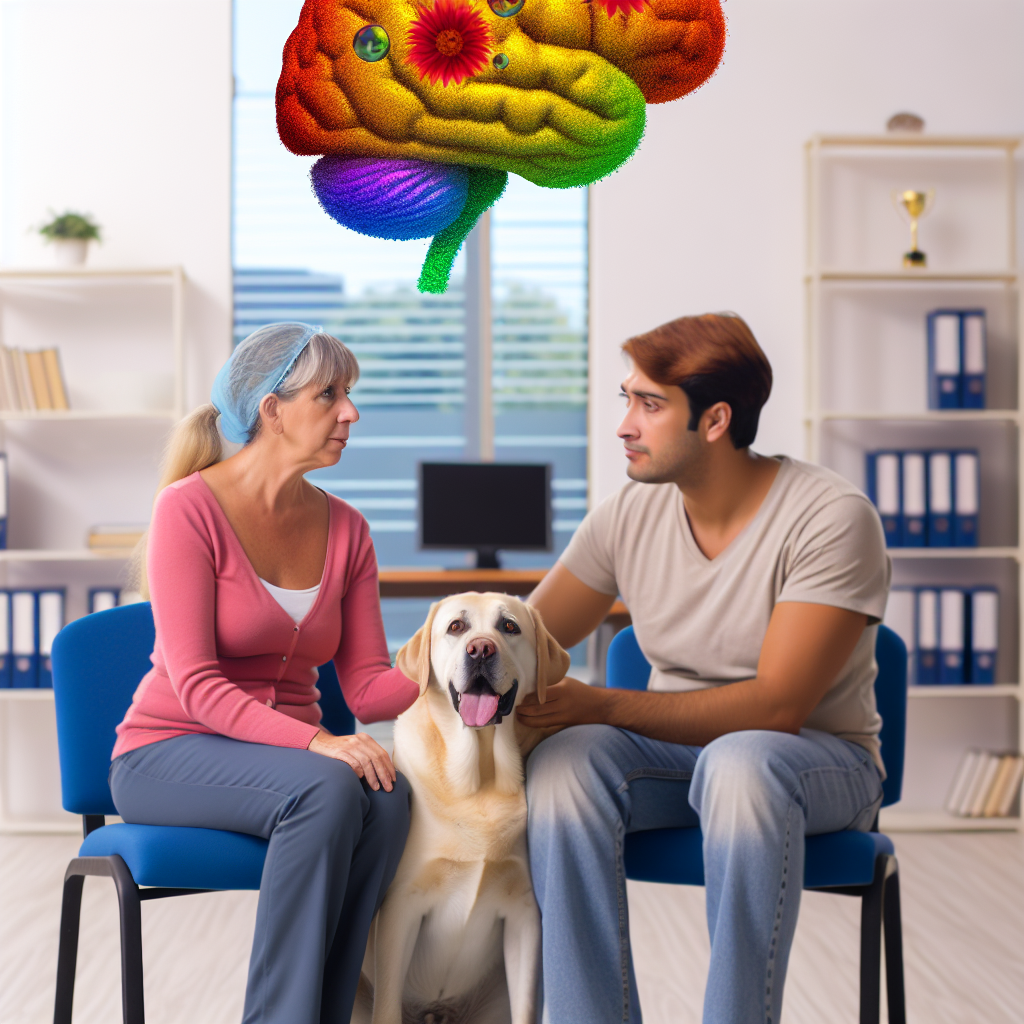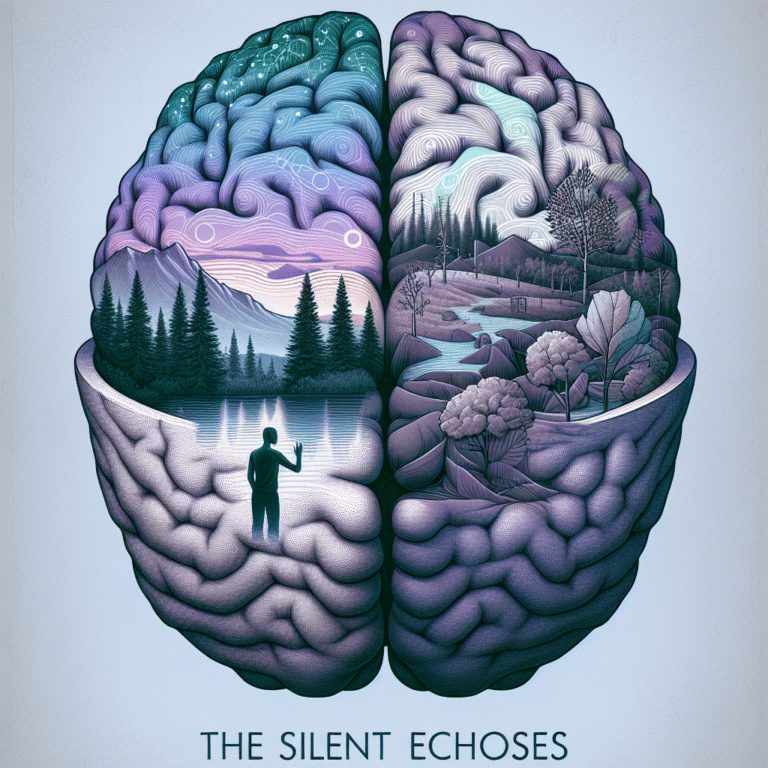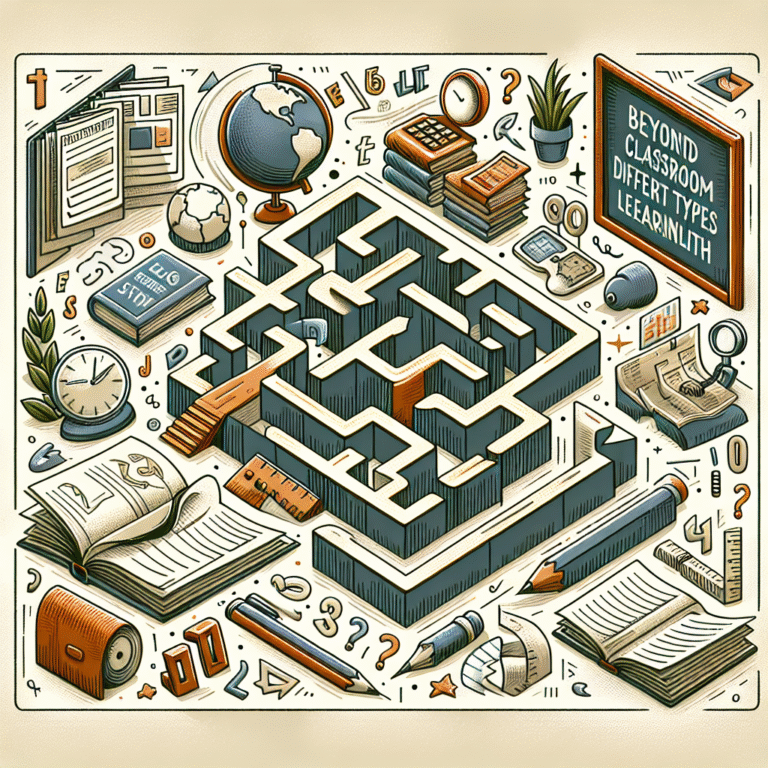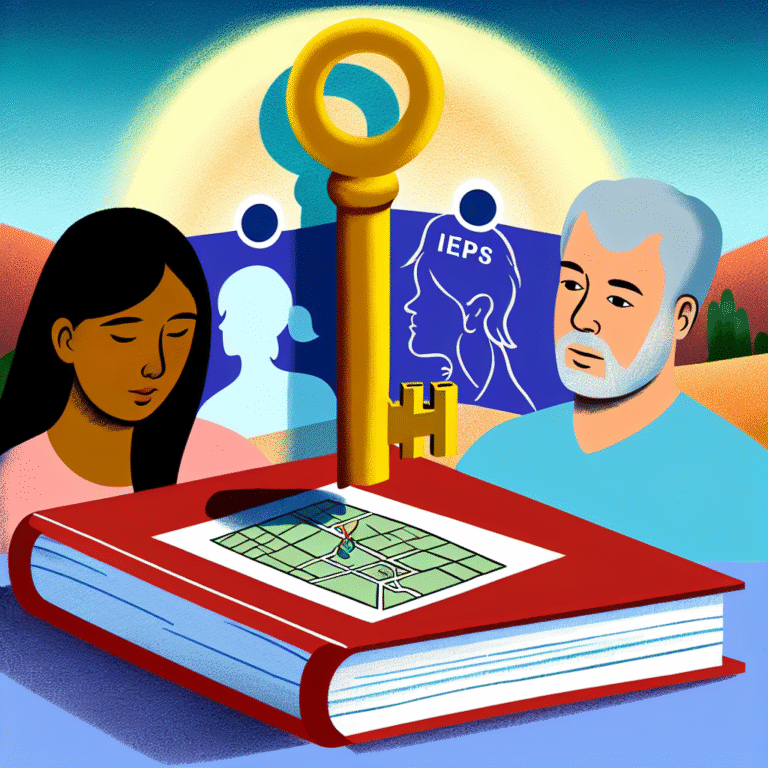
Pawsitive Impact: How Therapy Animals Transform Mental Health Care
Introduction: Unleashing the Healing Power
In an era where mental health awareness is finally breaking through societal stigmas, the question arises: what can further enhance the therapeutic journey? Enter therapy animals—companions who offer unconditional love and support, establishing a unique bond with patients. The Pawsitive Impact: How Therapy Animals Transform Mental Health Care illustrates how these furry friends make significant strides in mental health treatments. From hospitals to schools and rehabilitation centers, therapy animals are proving to be essential allies in the fight for emotional wellness.
The Science Behind Animal-Assisted Therapy
Animal-assisted therapy is grounded in research that shows consistent positive outcomes in various mental health conditions. Studies have revealed that interacting with animals can lower cortisol levels (the stress hormone), boost oxytocin (the bonding hormone), and produce endorphins, creating feelings of happiness and well-being.
Case Study: The University of Missouri
A significant study at the University of Missouri involved therapy dogs working with children experiencing anxiety and depression. Over eight weeks, children who engaged in weekly sessions with therapy dogs showed a 40% reduction in anxiety symptoms. These findings exemplify the Pawsitive Impact: How Therapy Animals Transform Mental Health Care by demonstrating measurable results that can significantly improve a child’s emotional health.
The Role of Therapy Animals in Different Settings
1. Hospitals: Healing Beyond Medicine
One of the most distinct applications of therapy animals is in hospitals, where they brighten the lives of patients undergoing depressing treatments. The presence of these animals brings comfort, decreases anxiety, and may even enhance recovery times.
2. Schools: Building Better Connections
In schools, therapy animals serve as social facilitators, helping students cope with emotional hurdles such as bullying and academic stress. Their presence has been linked to increased attendance and improved social skills.
Table 1: Benefits of Therapy Animals in Schools
| Benefit | Statistic |
|---|---|
| Reduced Anxiety | 30% decrease in students |
| Improved Attendance | 20% increase |
| Enhanced Social Skills | 25% improvement |
The Pawsitive Impact on Specific Mental Health Issues
Animal-assisted therapy has proven especially beneficial for various conditions. Let’s explore how therapy animals contribute to the treatment of specific mental health challenges.
1. Depression
Many therapists are now integrating therapy animals into treatment plans for depression, reinforcing positive emotions and breaking the cycle of negative thoughts.
Case Study: Pet Partners of South Carolina
A significant program in South Carolina has been effectively pairing therapy dogs with individuals battling severe depression. Feedback from participants indicates a 60% improvement in their mood and a clearer pathway toward recovery.
2. PTSD
For veterans and trauma survivors, therapy animals offer a sense of safety and stability. They can help patients process feelings of anxiety and fear in a supportive environment.
Case Study: The Paws for Patience Program
This program pairs dogs with veterans. Reports show that interactions lead to a staggering 80% decrease in PTSD symptoms. These therapy animals help veterans transition back into everyday life, showcasing the Pawsitive Impact: How Therapy Animals Transform Mental Health Care in profound ways.
3. Autism Spectrum Disorder
Children on the autism spectrum often struggle with social interaction and sensory processing. Therapy animals facilitate communication and offer comforting sensations that can ease anxiety.
Chart 1: Improvements in Communication Skills (Before and After Therapy Animal Introductions)
| Metric | Before Animal Interaction | After Animal Interaction |
|---|---|---|
| Initiating Conversation | 15% | 50% |
| Eye Contact | 10% | 45% |
| Emotional Expression | 20% | 60% |
The Versatility of Therapy Animals: Beyond Dogs
While dogs are the most recognized therapy animals, a variety of species can fulfill this role. Cats, rabbits, and even miniature horses have showcased their ability to connect with human emotions.
Key Benefits of Therapy Animals
The Pawsitive Impact: How Therapy Animals Transform Mental Health Care is multifaceted. Some of the primary benefits include:
Enhanced Emotional Connections: Therapy animals create a bond, allowing individuals to express feelings they might otherwise suppress.
Physical Touch and Comfort: Physical interaction with an animal can reduce anxiety and stimulate the release of hormones that boost mood.
Increased Motivation: Interactions with therapy animals can serve as a motivating force for patients to engage in their therapy sessions.
- Interpersonal Skills Development: For those with social anxiety or autism, therapy animals provide a non-threatening avenue for practicing social interactions.
Training and Certification of Therapy Animals
Not just any animal can serve as a therapy companion. Training programs are vital to ensuring these animals can stay calm and deliver emotional support effectively.
Certification Process
Temperament Evaluation: Animals must display a gentle demeanor and a willingness to interact with people.
Basic Training: Therapy animals undergo obedience training to follow commands and behave in public spaces.
- Therapy-Specific Training: Specialized training focuses on how therapy animals should respond in therapeutic settings, ensuring they are familiar with the unique needs of various patients.
The Future of Therapy Animals in Mental Health
The future looks promising for the Pawsitive Impact: How Therapy Animals Transform Mental Health Care. With growing research and anecdotal evidence supporting their efficacy, therapy animal programs are expanding.
Innovations in Animal-Assisted Therapy
New methodologies, such as virtual animal therapy via video calls, have emerged, allowing more individuals to access these benefits even from home. This innovative approach can be especially helpful during crises like pandemics where face-to-face interaction is limited.
Conclusion: A Pawsitive Path Forward
The Pawsitive Impact: How Therapy Animals Transform Mental Health Care is a testament to the remarkable healing that can come from the simplest connections. As we move forward, embracing the potential of therapy animals can revolutionize mental health care, ensuring that individuals receive holistic support. Let this knowledge inspire change—whether through advocacy, volunteering, or education, there are countless ways we can help integrate therapy animals into mental health care systems worldwide.
FAQs
1. What kinds of animals can be therapy animals?
Any animal with a calm temperament and the ability to engage positively with people can potentially be trained as a therapy animal. Common choices include dogs, cats, rabbits, and even miniature horses.
2. Are therapy animals the same as service animals?
No, therapy animals provide emotional support to those in hospitals, schools, and other settings while service animals are specifically trained to assist individuals with disabilities by performing tasks.
3. How can I get involved with therapy animal programs?
You can volunteer at local hospitals, schools, or therapy animal organizations. Many programs welcome individuals interested in supporting training or therapy sessions.
4. Can therapy animals help with anxiety?
Yes, therapy animals have been shown to reduce anxiety levels significantly, offering comfort and emotional support to individuals experiencing stress.
5. Is there scientific evidence supporting the use of therapy animals in mental health care?
Yes, numerous studies have demonstrated the benefits of therapy animals, showing reduced symptoms of anxiety, depression, and increased overall well-being for patients who engage with them.
In exploring the Pawsitive Impact: How Therapy Animals Transform Mental Health Care, we find hope, healing, and the promise of a more compassionate world. Let’s embrace the future of therapy animals and advocate for their integration into more mental health care practices.













